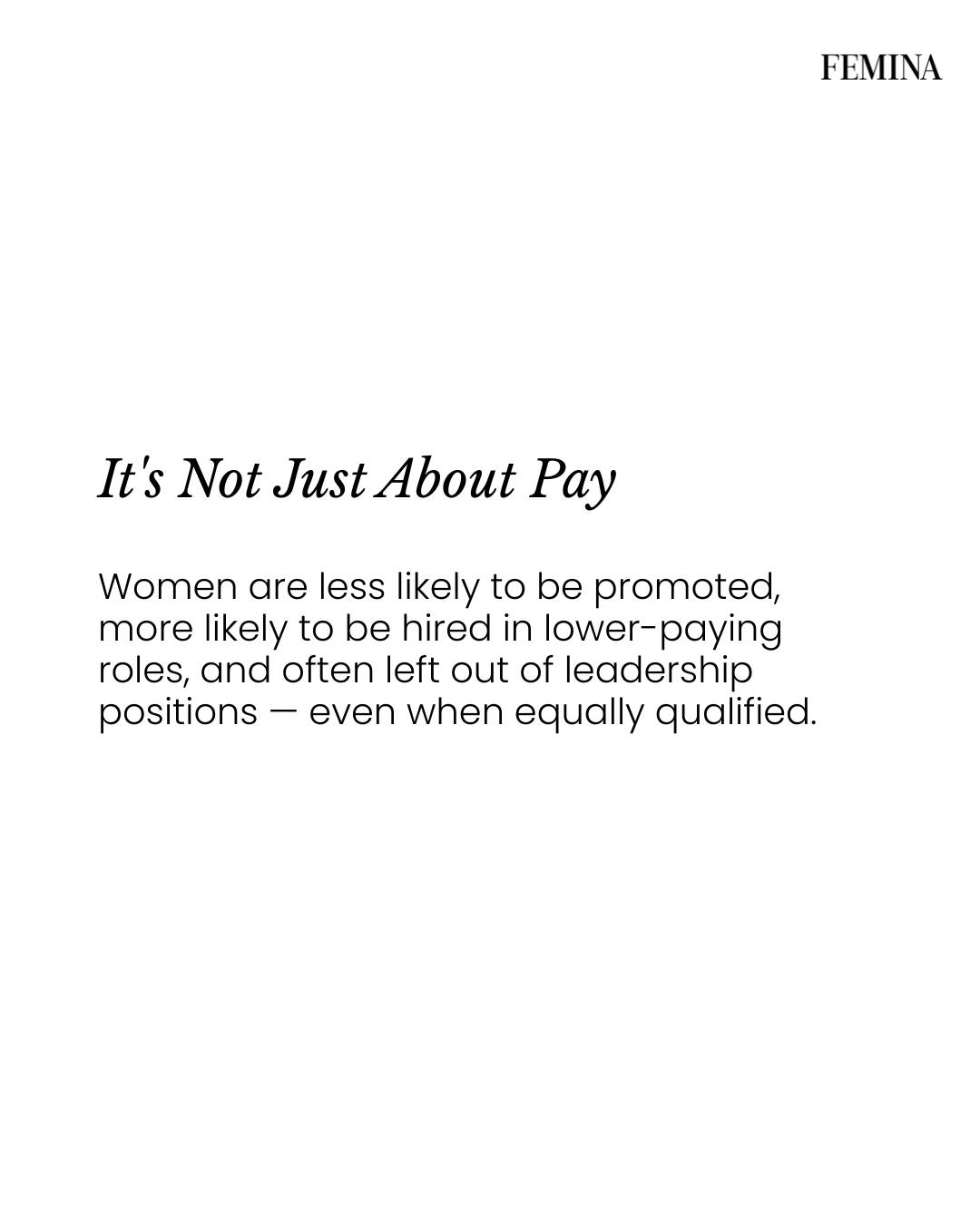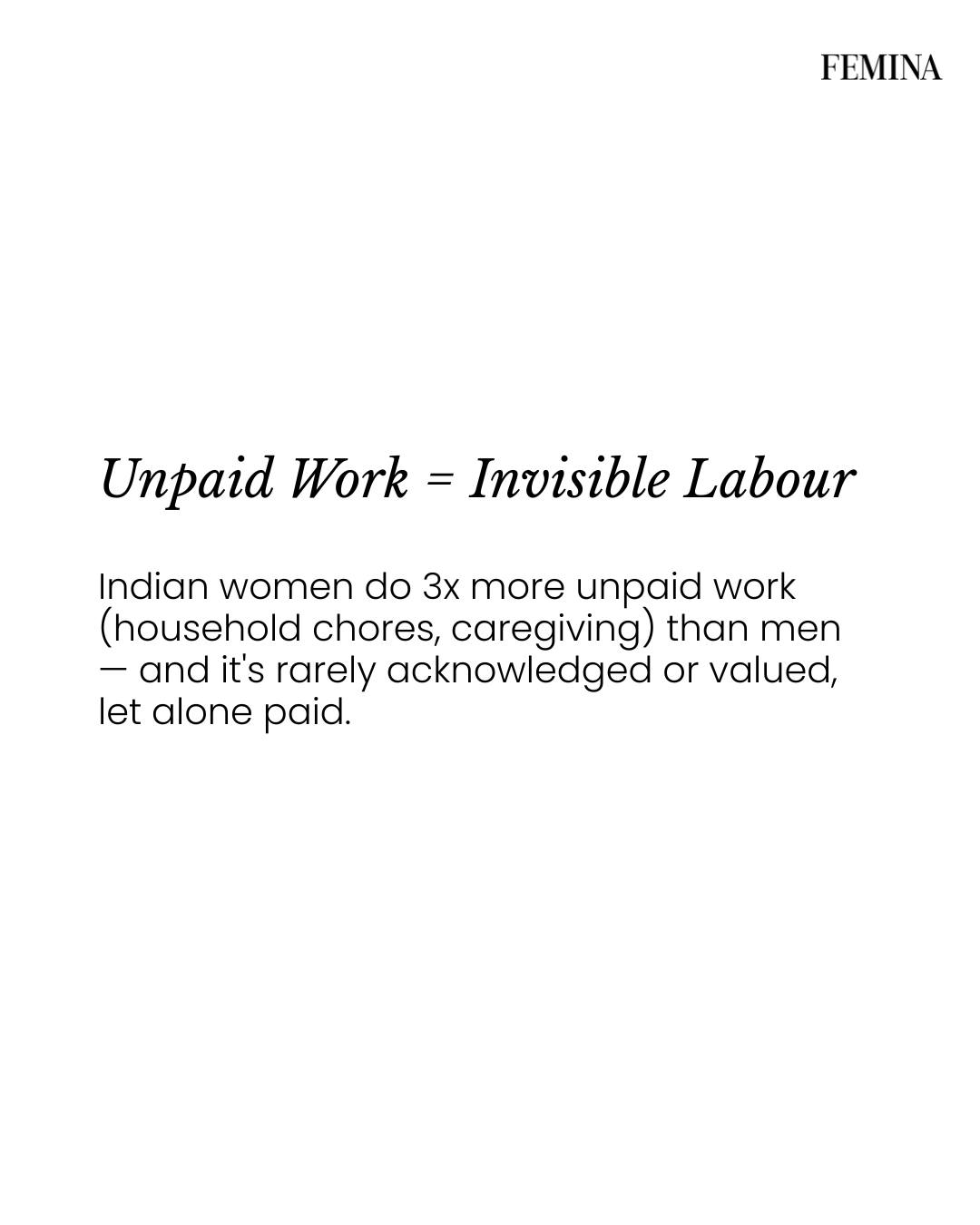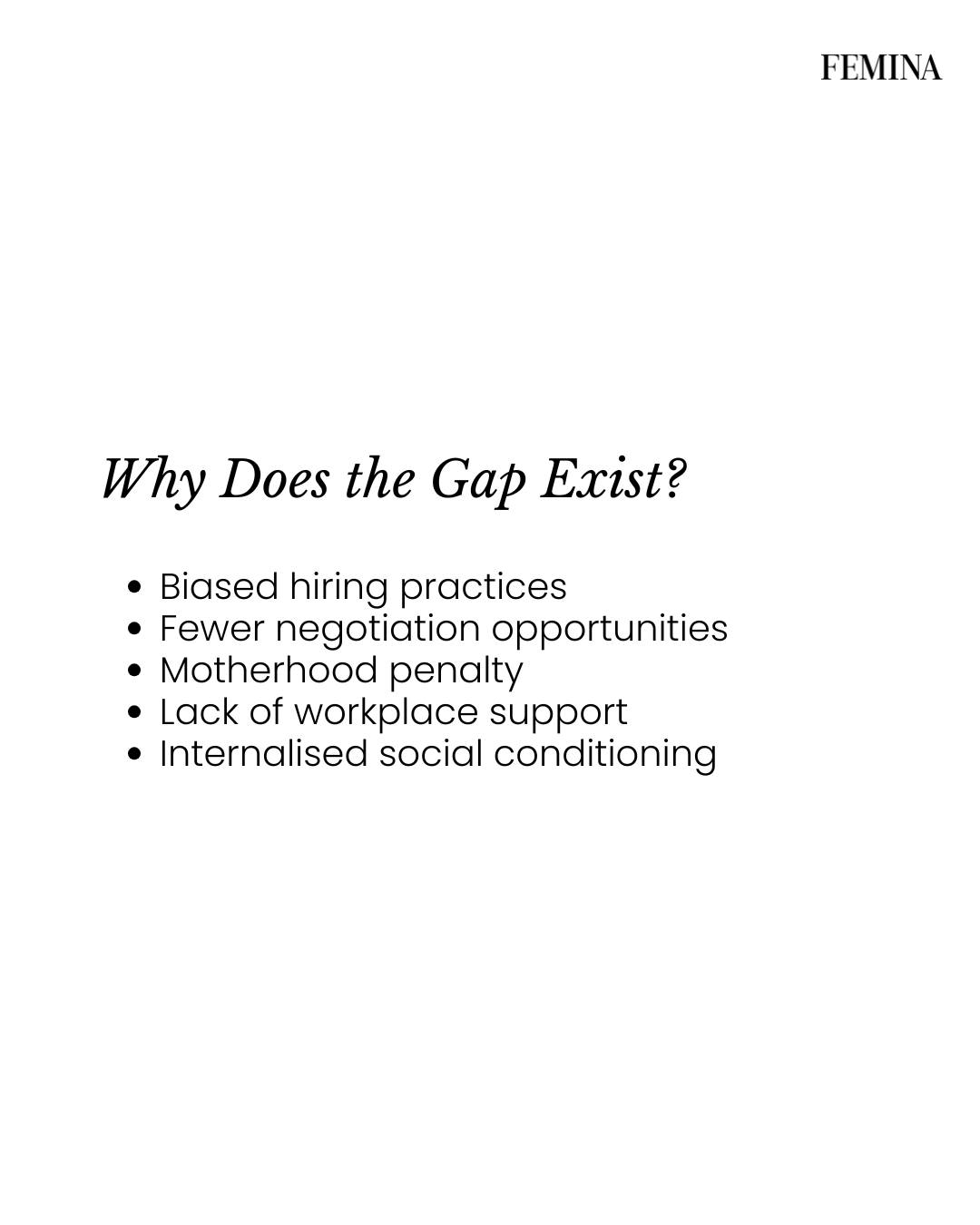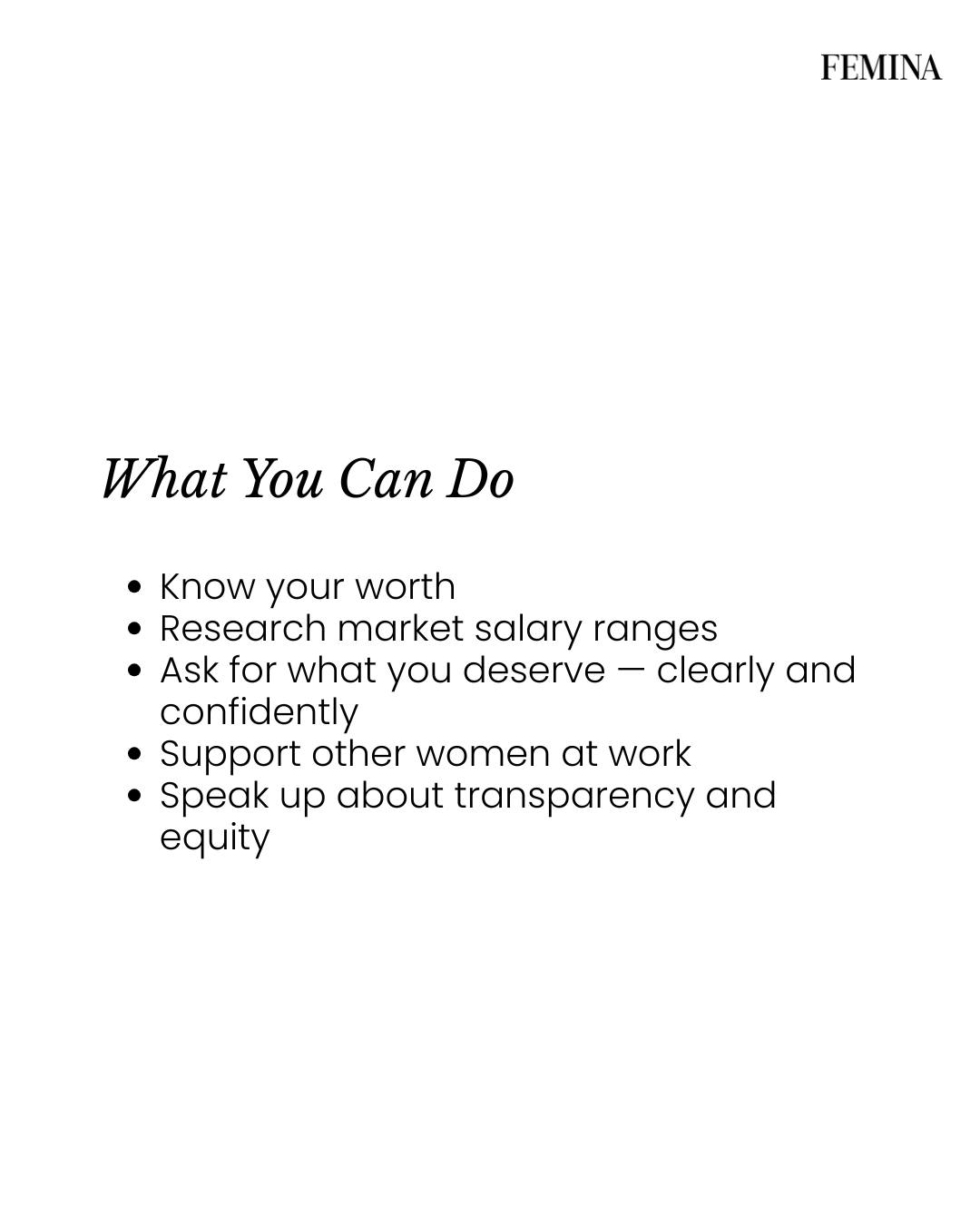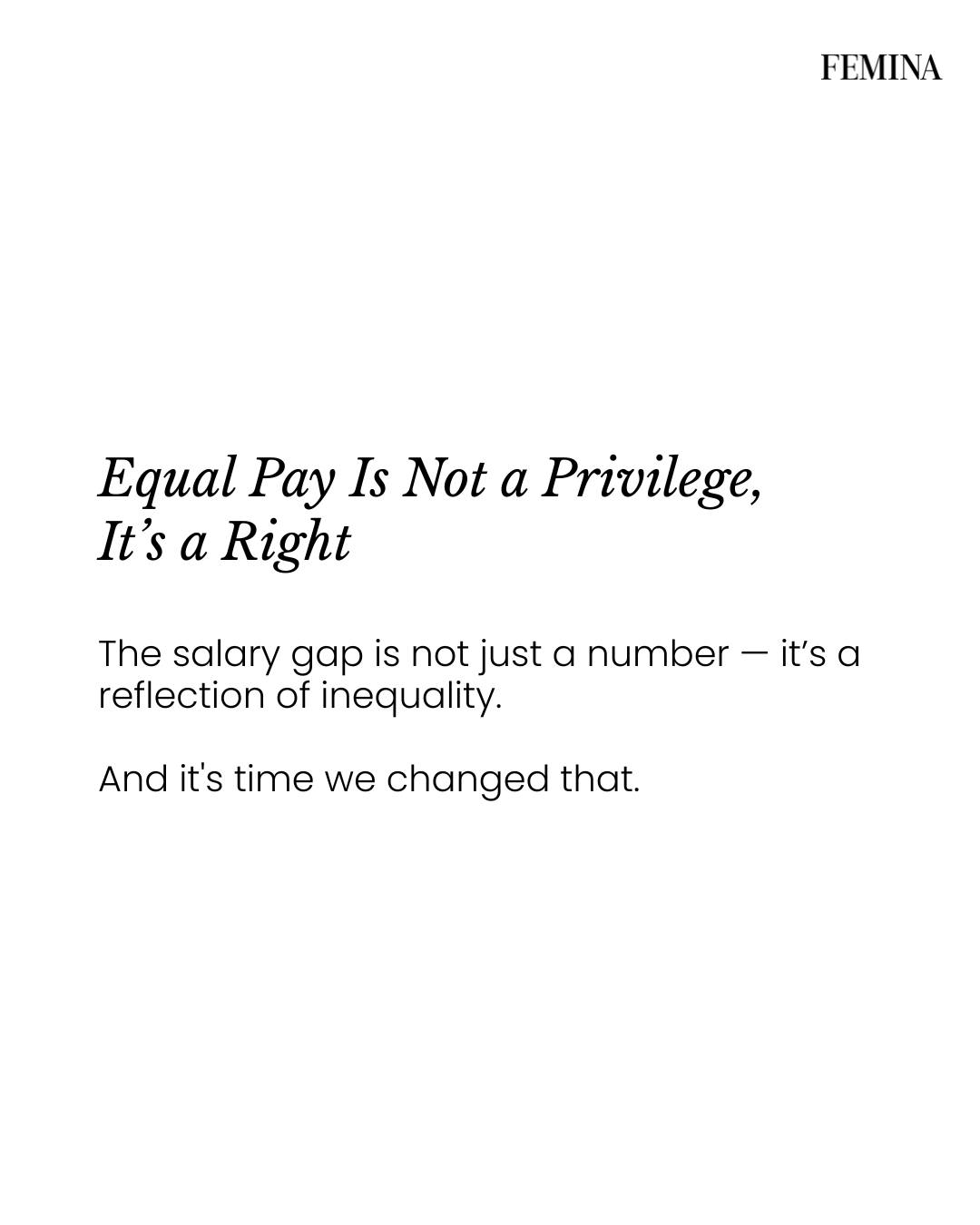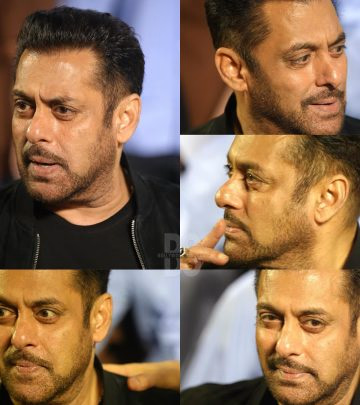Equal Pay: The Gender Wage Gap Exposed
Indian Women’s Wage Struggles Demand Change; Femina Highlights Ingrained Pay Bias In India

Image: Instagram
Femina’s recent social media post has reignited a much-needed conversation about the gender pay gap in India. With the caption stating, “Same role. Same hours. Same qualifications. Yet, Indian women still earn significantly less than men,” the magazine not only highlights a numerical disparity but also emphasizes that this wage gap is a reflection of deep-rooted biases that continue to pervade the workplace.
Understanding The Gender Pay Gap
The issue at hand is both simple and complex: women performing the same tasks under similar conditions are receiving lower remuneration compared to their male counterparts. This phenomenon has been steadily drawing attention as more voices demand transparency and fairness in compensation practices. Despite equal roles and qualifications, societal stereotypes and systemic discrimination contribute to a skewed financial landscape.
Data presented by Femina, which invites readers to swipe through informative charts and graphics, drive home the extent of these disparities. The post urges audiences to not only take in the stark differences but also to question the underlying causes behind such imbalances. It is a call to action—an invitation to understand the numbers and to explore the reasons that have allowed such bias to persist for so long.
Unequal Earnings Despite Equal Efforts
At its core, the wage gap is more than just a statistic—it is a commentary on the societal norms that undervalue women’s contributions. Femina’s message suggests that when a woman puts in the same effort, evidenced by the same role, hours, and qualifications, the persistent lower pay she receives is a reflection of ingrained attitudes that favor men over women. This isn’t just an economic issue—it’s a matter of dignity and equal opportunity.
This call for equality is especially timely in today’s India, where rapid economic growth has been marred by lingering disparities. The publication’s interactive post, complete with swipe-through images and factual data, categorically demonstrates that the problem is far from being a temporary or isolated one. It underscores decades of a systemic undervaluing of women’s work, urging policymakers, corporate leaders, and the general public to take definitive steps toward reform.
The Role Of Femina In Shaping The Conversation
Femina, known for its bold storytelling and a legacy of championing women’s rights, has been at the forefront of voicing issues that affect Indian women. With a history dating back decades and a reputation for incisive reporting on lifestyle, social justice, and cultural shifts, the magazine is no stranger to such debates. Their recent post on the gender pay gap is a natural extension of their commitment to shedding light on topics that demand urgent attention.
By referencing hard-hitting data and practical examples, Femina’s communication strategy is both educational and empowering. The appeal is clear: to create awareness among the workforce and to prompt a wider discussion about both the immediate and long-term consequences of wage inequity. It is a reminder that equal pay is not just an economic necessity but also a fundamental right.
Why It Matters And Looking Ahead
The repercussions of the wage gap extend well beyond individual bank balances. Systemic inequality in pay not only hampers economic growth but also stagnates social progress. When women are not compensated fairly, their ability to invest, save, and contribute to the household economy is compromised, which in turn, affects the broader economy.
Furthermore, unequal pay perpetuates outdated gender stereotypes that have outlived their relevance in modern society. Business leaders, economists, and social influencers are increasingly calling for policy reforms and corporate accountability. On this front, Femina’s post serves as both a mirror and a megaphone—it reflects the reality of everyday disparities and amplifies the call for change.
The conversation on equal pay is becoming louder across various platforms, including social media, where influencers and experts alike dissect the nuances of the issue. Femina, with its strong digital presence and legacy of thought leadership, not only informs but also sparks discussions that challenge the status quo.
As organizations and governments continue to grapple with these inequalities, the spotlight remains firmly fixed on the need for transparent pay practices and inclusive career progression. Women deserve the right to be compensated fairly for their expertise and dedication. Addressing these longstanding issues is not just about closing a wage gap—it is about fostering a culture of respect, accountability, and true workplace equality.
The dialogue initiated by Femina is a step in the right direction. It is a rallying cry to reexamine the conditions that allow such disparities to persist and to work collectively towards an environment where equal work is rewarded with equal pay. In doing so, India can pave the way for a more equitable future for all its citizens.
Read full bio of Glendon Moss



